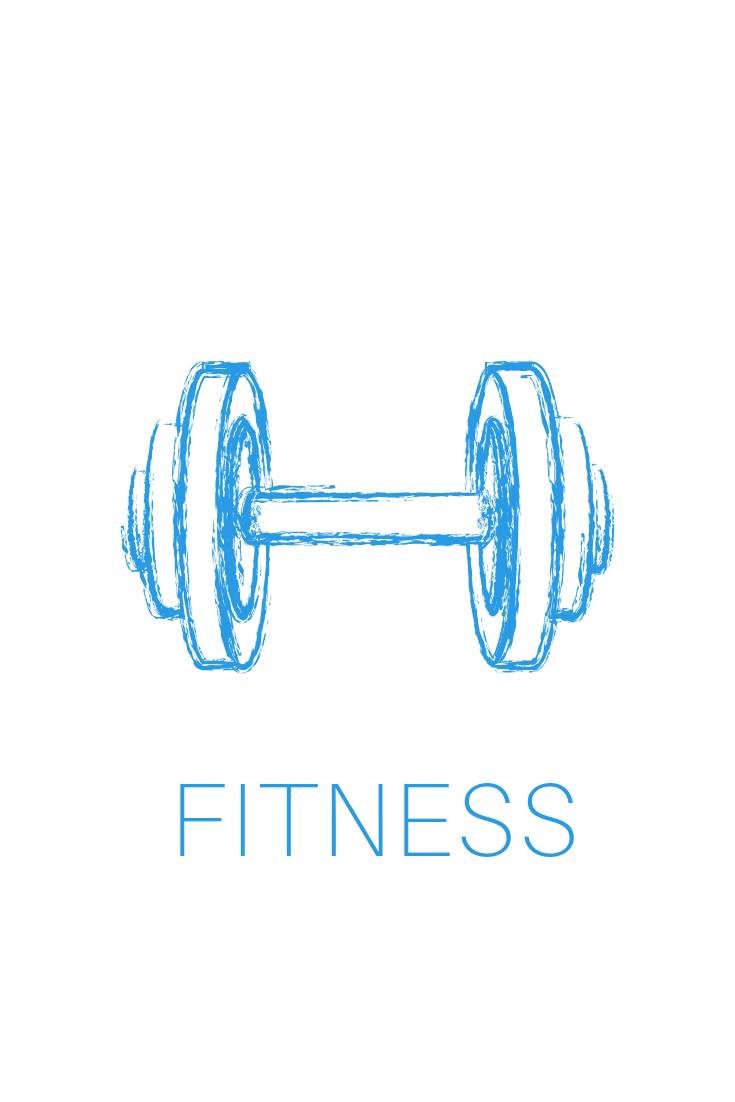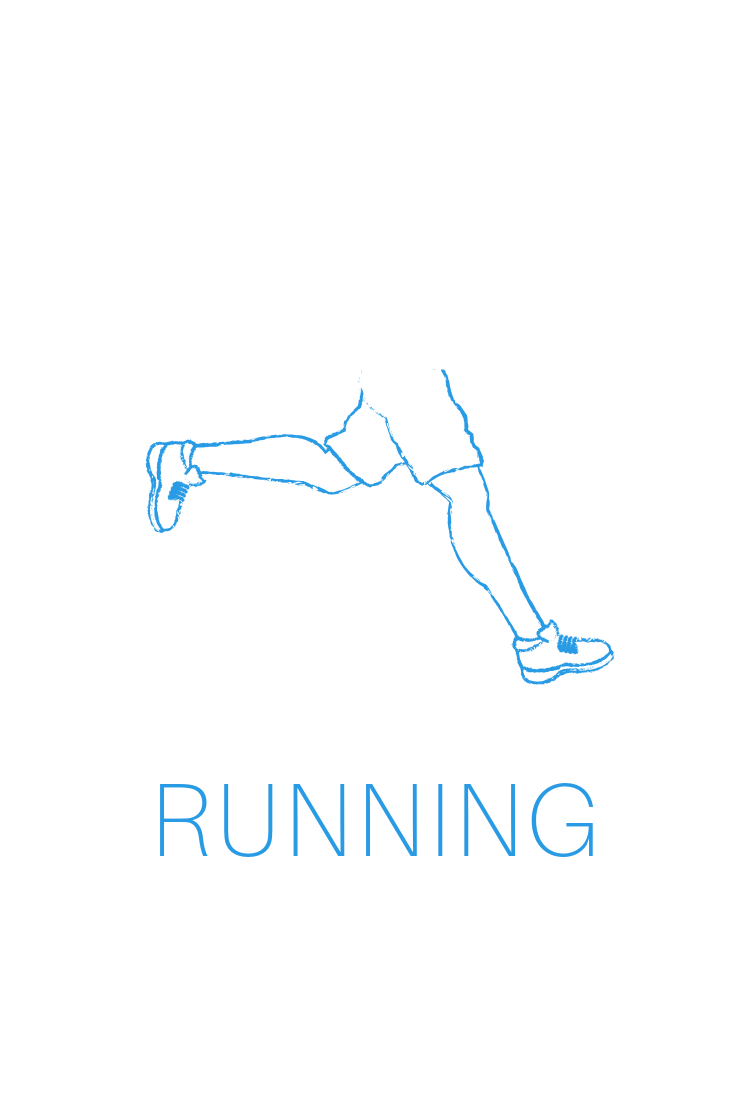Want To Run? Where To Start
Running is not for everyone, but is available to most of us. With a pair of shoes and a clear path ahead, you might be surprised at how much you can enjoy this simple activity.
I remember my first run very clearly. At 19 years old I thought I was pretty fit having been dancing for years. So I headed out the door with a spring in my step … which lasted about 4 minutes before my spring became a shuffle, which quickly became a walk. I was so surprised at how difficult it was! With all the dancing I was doing, I assumed I would be able to knock out a 5km run without any trouble. I realised pretty quickly that no matter how much exercise you are doing, running is quite a different beast. And yet it is also something you can learn surprisingly quickly if you are willing to give it a go.
Start with a base level of fitness
Before you even consider running, you need to have some base level of fitness. Deciding to go from almost no movement to heading out for a run will not be enjoyable, and will most likely lead to injury. Before starting any sort of running program, you should be able to walk comfortably for up to an hour without feeling exhausted.
Prepare with strength training
A big mistake many people make when starting a running program is to dive straight in without setting themselves up with a strong base. Our bodies should not go from sitting down to pounding the pavement without some sensible strength and stability work. A running program must include some focus on hip, glute and core strengthening exercises in order to make running easier and prevent injuries. Start with 5 to 10 minutes of exercises such as planks, glute bridge, and squats in order to prepare your muscles for the impact of running.
Have your running style assessed early on
Consider asking a trainer or coach to take a look at your running technique early on. We don’t all need to run with exactly the same style, however there are some simple tips that can help prevent injuries and improve running efficiency: Lean forwards from the ankles so that you land with your feet underneath you, not out in front of you. An ideal arm swing has your arms bent at about 90 degrees and a front-to=back swing (not side-to-side). Cup your hands loosely together (no clenched fists). Over time, aim for a cadence of 170 steps per minute - a good tip is to run to playlists that include songs at this specified beat.
Begin with a run / walk combination
Don’t do what I did and optimistically head out for your first run planning to knock out an easy 5km. Once again, in order to prevent injuries and allow for your body to adjust you need to start with a combination of running and walking. Set aside 20 minutes and start with the following:
Walk 5 minute warm up. Then run 1 minute, walk 2 minutes x 4. Walk 3 minute cool down.
Once you can do this comfortably, step it up a little:
Walk 5 minute warm up. Then run 2 minutes, walk 1 minute x 4. Walk 3 minute cool down.
Continue to increase the time running and reduce the time walking over a period of a few weeks. Once you are running comfortably for 20 minutes without a break, you can start increasing the time to 30 minutes or more.
Focus on time not distance or pace
When you are “learning” to run, your goals are to:
Train your body to cope with the physical challenge i.e. strengthen the heart, increase lunge capacity, improve muscular endurance.
Train your mind to develop the resilience to cope with being uncomfortable for periods of time.
Don’t be concerned with how fast or how far you are running, simply focus on how much time you can keep going without a break. Once you are running comfortably for around 30 minutes without a break you can begin to consider your next steps - Do you want to increase your distance, improve your speed or maybe try some trail running? The options are endless!
You have brains in your head. You have feet in your shoes.
You can steer yourself any direction you choose.
You're on your own. And you know what you know.
And YOU are the guy who'll decide where to go. - De Seuss
By Angie Black
ANGIE BLACK
BLOG CATERGORIES:







